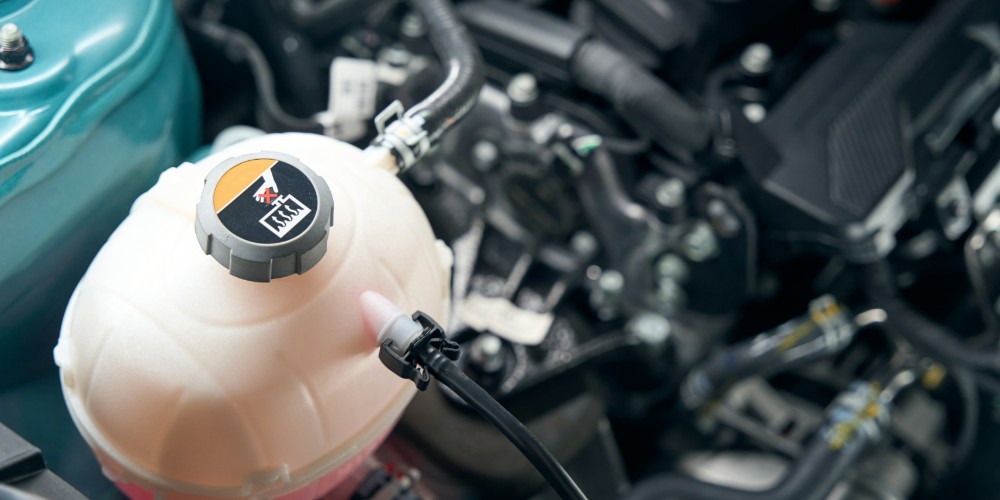Understanding Car Financing
The first step in financing a car is for the buyer to apply for financing. This involves submitting an application with various personal and financial information, such as income, credit score, and employment history. The lender will then review this information and decide whether or not to approve the loan. If approved, you’ll receive a finalised loan agreement outlining your payment amount, interest rate, repayment term length, and any other pertinent details.
Once the loan has been agreed upon, it’s time to make a down payment if required. Generally speaking, larger down payments result in lower monthly payments since more of the total cost of the car has already been covered. However, many lenders offer ways for buyers to pay zero money down on certain vehicles – so it’s always worth checking for offers like those.
The next step is to sign the loan agreement and receive the funds to pay for the car. Once that happens, you can pick up your new vehicle and get on with enjoying it.
When making a purchase like this, it’s important to remember that you are responsible for paying back your loan according to the terms of your agreement – so make sure you can afford the payments before signing any documents!
What is the Minimum Down Payment on a Car?
The size of the minimum down payment on a car varies depending on the lender, type of car loan and vehicle being purchased. Generally the minimum is 10% to 20% of the purchase price. However, some lenders may require higher amounts for certain types of loans or vehicles, including luxury cars and high-value used cars.
What is the Difference Between Leasing and Buying a Car?
Leasing a car gives you the option to use a car for an agreed upon period of time, usually a few years, without actually owning it. This means that at the end of your lease term, you will have to return the vehicle and get another one if you want to keep using it. On the other hand, when buying a car, you own it outright and can drive it for as long as you like or sell it whenever you choose.
When leasing, the payments are lower than when buying because they cover only part of the total cost of ownership: depreciation (how much value is lost due to age) plus fees. With purchasing a car, however, your monthly payments will include interest charges on top of the full purchase price, so you will have a higher monthly cost.
In addition to costs, there are differences in flexibility when it comes to leasing and buying a car. When leasing a vehicle, there can be restrictions on mileage limits or customising the car that aren’t present when buying one. On the other hand, with purchasing a car you may have more freedom to make changes such as adding after-market parts or accessories without penalty.
How Does Refinancing Work?
Refinancing a car loan is the process by which an existing car loan is replaced with a new one from another lender. It often involves getting a lower interest rate, better terms, and/or a longer repayment period than what was previously in place for the loan. The general idea behind refinancing is to reduce monthly payments and total cost of the loan. In some cases, refinancing may also involve taking additional cash out of the vehicle’s equity to use for other purposes.
To refinance your car loan, you’ll typically first need to determine if it is a good option for you. This means considering factors like the amount of time that has passed since you took out the original loan, your credit score, and any fees associated with closing on a new loan. If all signs point toward refinancing being a beneficial choice, then finding a lender who will offer more favourable terms than what was previously in place should be your next step. It’s important to shop around and compare lenders before making any decisions as rates can vary from one lender to another.
Once you’ve chosen a lender, you’ll need to fill out an application and submit necessary documents like proof of income, the current loan agreement, and other information that may be requested. Once approved by the lender, they will pay off your existing car loan in full and issue you a new one with more favourable terms.
It’s important to remember that refinancing is not always the best option as there are fees involved in closing on a new loan, so it’s important to weigh all of your options before deciding what’s right for you.
Can I Get a Loan Without My Credit Score?
No, your credit score is a major factor when it comes to getting approved for a loan. Lenders use the information on your credit report to determine whether or not they are willing to take on the risk of lending you money. A good credit score indicates that you have been responsible with paying back past loans and demonstrate an increased likelihood of repaying future loans in full and on time.
What Documents do I Need for Refinancing?
When applying for car loan refinancing, you’ll need to provide certain documentation depending on where you’re getting the loan from. Common documents requested include proof of income, utility bills, bank statements, identification cards (driver’s licence, passport), and other financial documents such as tax returns or pay stubs. You may also need to provide the original loan agreement and any existing loan documents, as well. Be sure to ask your lender what specific documents are needed for your application before you begin the process.





